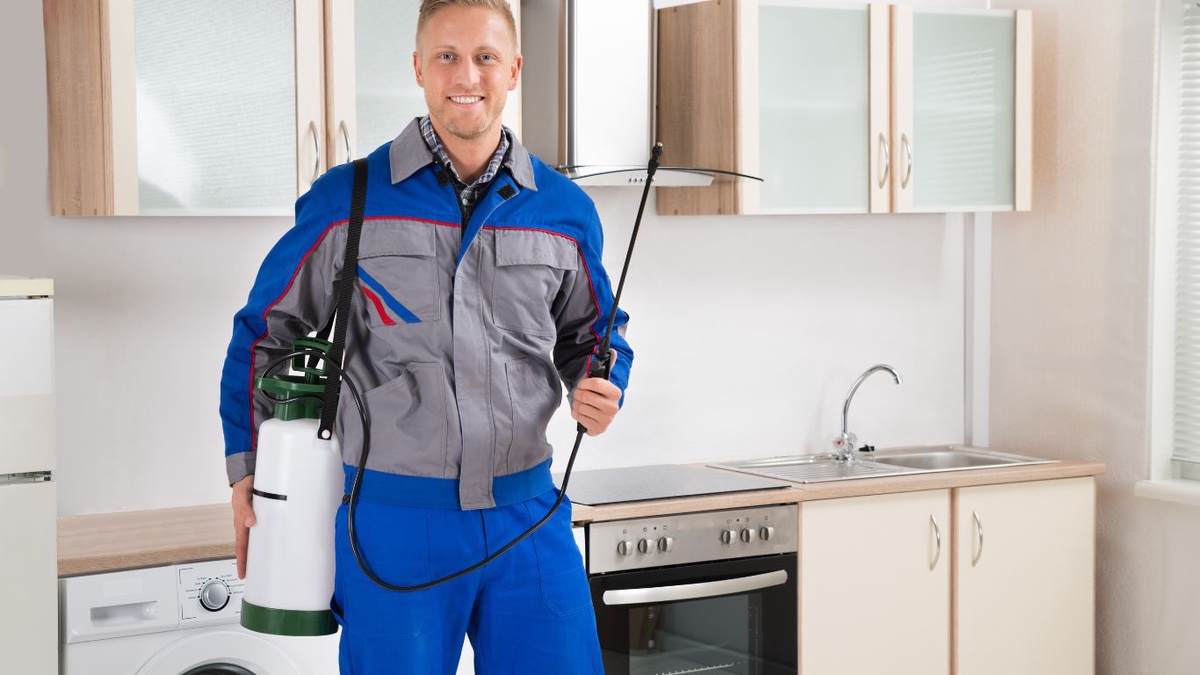Pest control is essential for maintaining a comfortable and healthy living environment, especially for pet owners. However, it's crucial to prioritize the safety of your furry friends when implementing pest control measures. Many traditional pest control methods and products can pose risks to pets if ingested or inhaled. In this guide, Pest Control Brisbane will explore pest control tips specifically tailored to pet owners, focusing on effective yet pet-safe methods for keeping your home pest-free.
1. Choose Pet-Safe Pest Control Products
When selecting pest control products for your home, opt for pet-safe options that are specifically formulated to be non-toxic to animals. Look for products that are labeled as pet-friendly, natural, or organic. Avoid using chemical pesticides that contain ingredients harmful to pets, such as pyrethroids, organophosphates, and carbamates.
2. Keep Pets Away During Treatment
If you're using pest control products indoors, such as sprays or foggers, it's essential to keep your pets away from treated areas until the products have dried or settled. Follow the instructions on the product label carefully and consider confining your pets to a separate room or area of the house while you apply the treatment.
3. Use Pet-Safe Pest Control Methods
Explore pet-safe pest control methods that pose minimal risk to your furry friends. Some effective pet-safe pest control methods include:
- Natural Repellents: Use natural repellents like essential oils (such as peppermint, lavender, or citronella) to deter pests like ants, fleas, and mosquitoes without harming pets.
- Diatomaceous Earth (DE): DE is a natural powder made from fossilized algae that can be used to control crawling insects like ants, cockroaches, and fleas. Apply DE in areas where pests are present, such as along baseboards or near pet bedding.
- Beneficial Nematodes: Beneficial nematodes are microscopic organisms that prey on pest insects like fleas, ticks, and grubs in the soil. They are safe for pets and can be applied to outdoor areas to control pest populations.
- Pet-Safe Traps: Use pet-safe traps, such as sticky traps or humane live traps, to capture pests like flies, spiders, and rodents without using chemical pesticides.
4. Regularly Clean and Vacuum
Maintain a clean and hygienic living environment by regularly cleaning and vacuuming your home, especially areas where pets spend time. Vacuuming helps remove pet dander, food crumbs, and other debris that can attract pests like fleas and ants. Empty the vacuum cleaner bag or canister outside to prevent pests from re-infesting your home.
5. Groom Pets Regularly
Regular grooming helps keep your pets clean and healthy while reducing the risk of pest infestations. Brush your pets regularly to remove loose fur and prevent matting, which can attract pests like fleas and ticks. Check your pets for signs of fleas, ticks, or other parasites, and consult with your veterinarian about safe and effective flea and tick control products.
6. Maintain Outdoor Areas
Keep outdoor areas well-maintained to reduce the likelihood of pest infestations around your home. Trim bushes, shrubs, and grass regularly to minimize hiding places for pests. Remove standing water from birdbaths, flower pots, and other containers to prevent mosquito breeding. Consider using pet-safe outdoor pest control products, such as nematodes or botanical insect repellents, to control pests in the yard.
7. Consult with a Pest Control Professional
If you're dealing with a persistent pest problem or are unsure about how to address pests safely around your pets, consider consulting with a pest control professional who has experience working with pet owners. A professional pest control technician can assess your pest problem and recommend pet-safe pest control methods and products tailored to your specific needs.
Conclusion
As a pet owner, it's essential to prioritize the safety and well-being of your furry friends when implementing pest control measures in your home. By choosing pet-safe pest control products, keeping pets away during treatment, using pet-safe pest control methods, regularly cleaning and vacuuming, grooming pets regularly, maintaining outdoor areas, and consulting with a pest control professional when needed, you can effectively keep your home pest-free while keeping your pets safe and healthy. With these tips, you can enjoy a pest-free living environment without compromising your pets' safety.


No comments yet